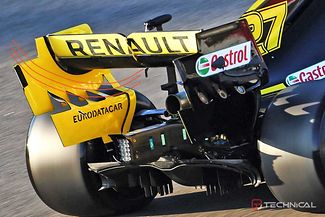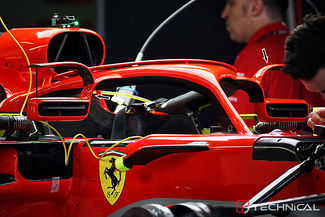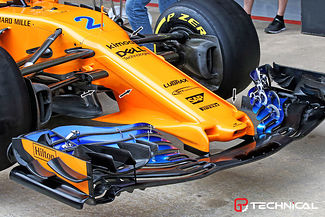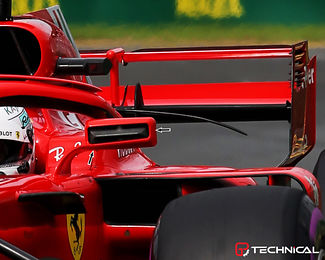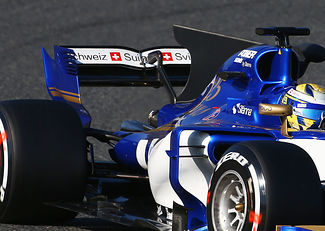Getting downforce through the rear wing endplate
Renault F1 have arrived at Barcelona with an interesting update on their car, one that was photoshopped away from its launch renderings.
It may appear like a no-brainer, but Renault has become the first team to generate proper downforce through vanes on the rear wing endplates. While other teams limit themselves to vertical vanes that help clean up the flow or inject some more airflow underneath the rear wing, Renault have taken a different approach.
Still going on with the aerodyna... Read more

